For many years a quarry of a substantial size operated in Maplewood. Known as the Big Bend Quarry, it does not appear on the 1909 Plat Map of St. Louis County nor is it found in the 1912 Directory of the City of Maplewood. It was in business by 1917 according to an advertisement found in the archives of the St. Louis Post-Dispatch.
The retired firefighter, Dewey Eberhardt, once told me that it was hundreds of feet deep with tunnels that went off in several different directions. I’m guessing that the quarry’s main products were limestone for buildings and crushed limestone for roadbeds and concrete, etc.
(Editor: Read about about a similar quarry in Brentwood.)
The quarry was located just south of the present day Sunnen Metrolink station. It was east of Laclede Station Road and north of and as close to the railroad tracks as possible. This was probably to facilitate the shipping of the stone.
Once the removal of stone had ceased for whatever reason, the quarry became a waste disposal site. According to Dewey, Mallinckrodt Chemical amongst many others sent railroad cars to be dumped into the quarry.
One would suspect a witches brew lurks somewhere in the depths below. I’d feel better if I knew that the local office of the Environmental Protection Agency was aware of this site and others like it of which there must be many. I’d really feel better if I knew that they monitor and test these sites regularly to make sure whatever was once put down there stays down there.
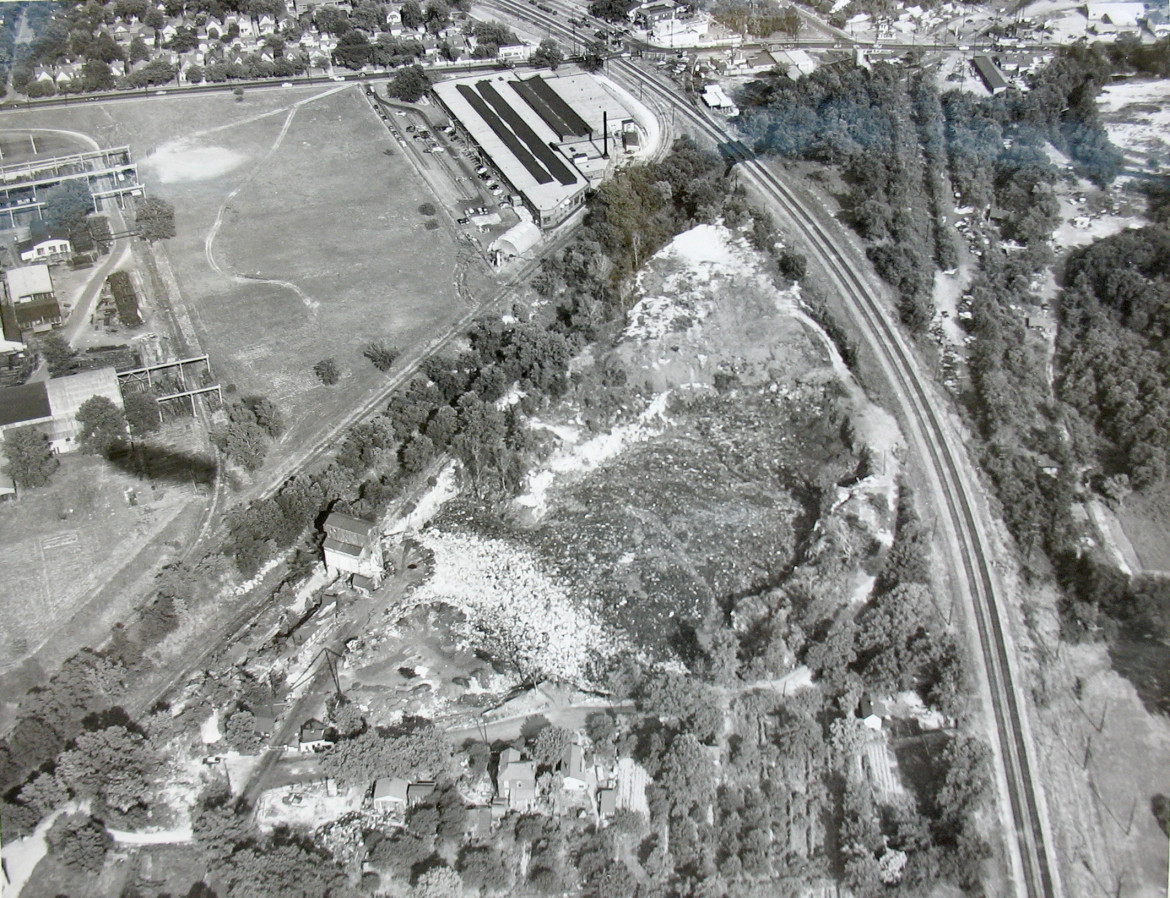

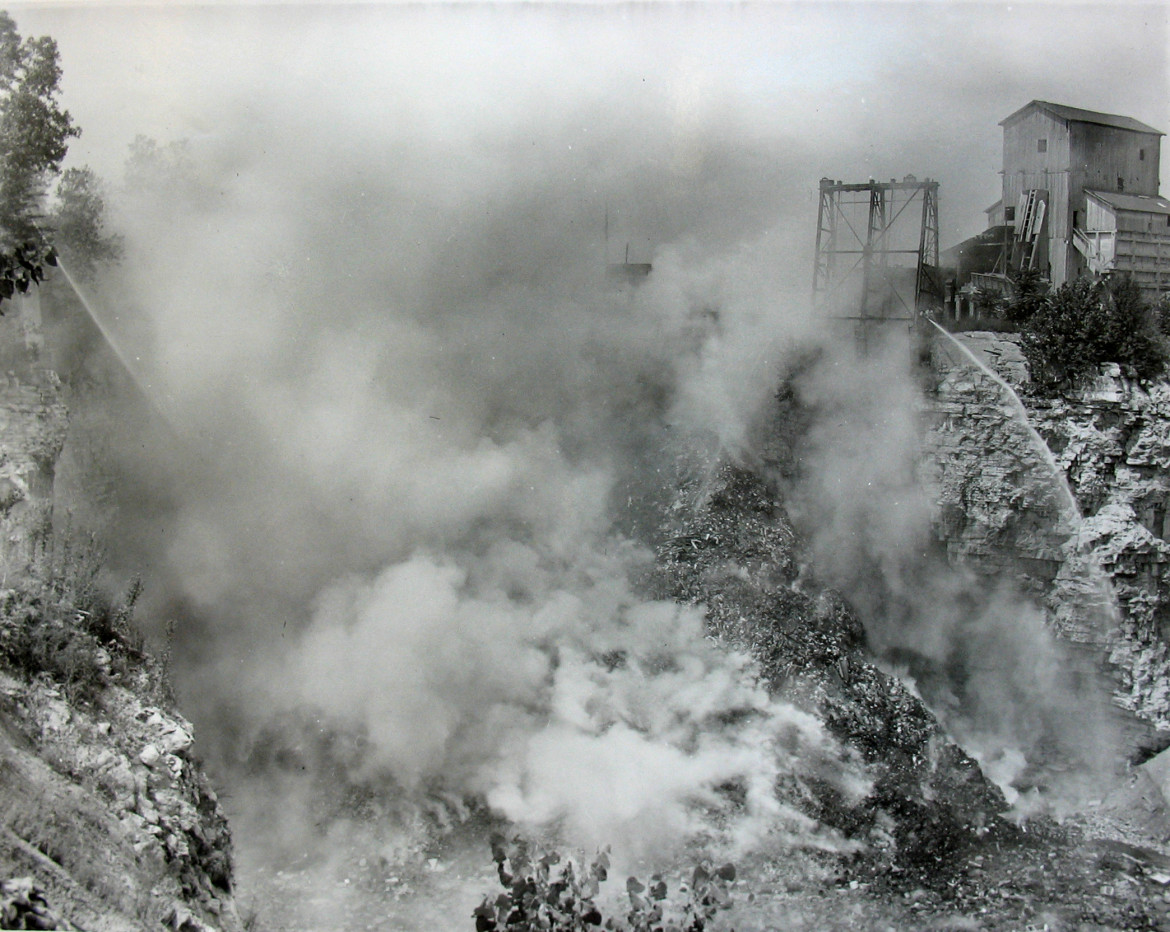
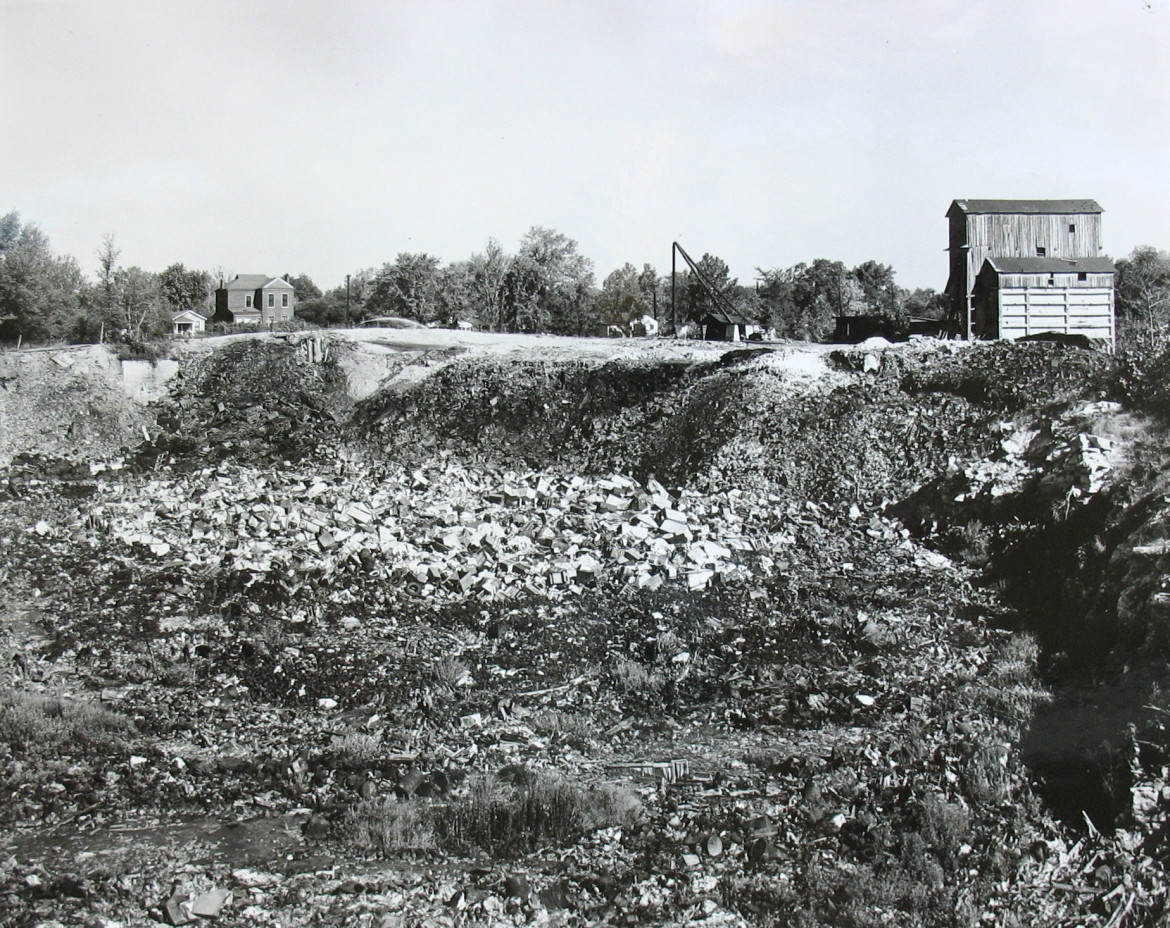
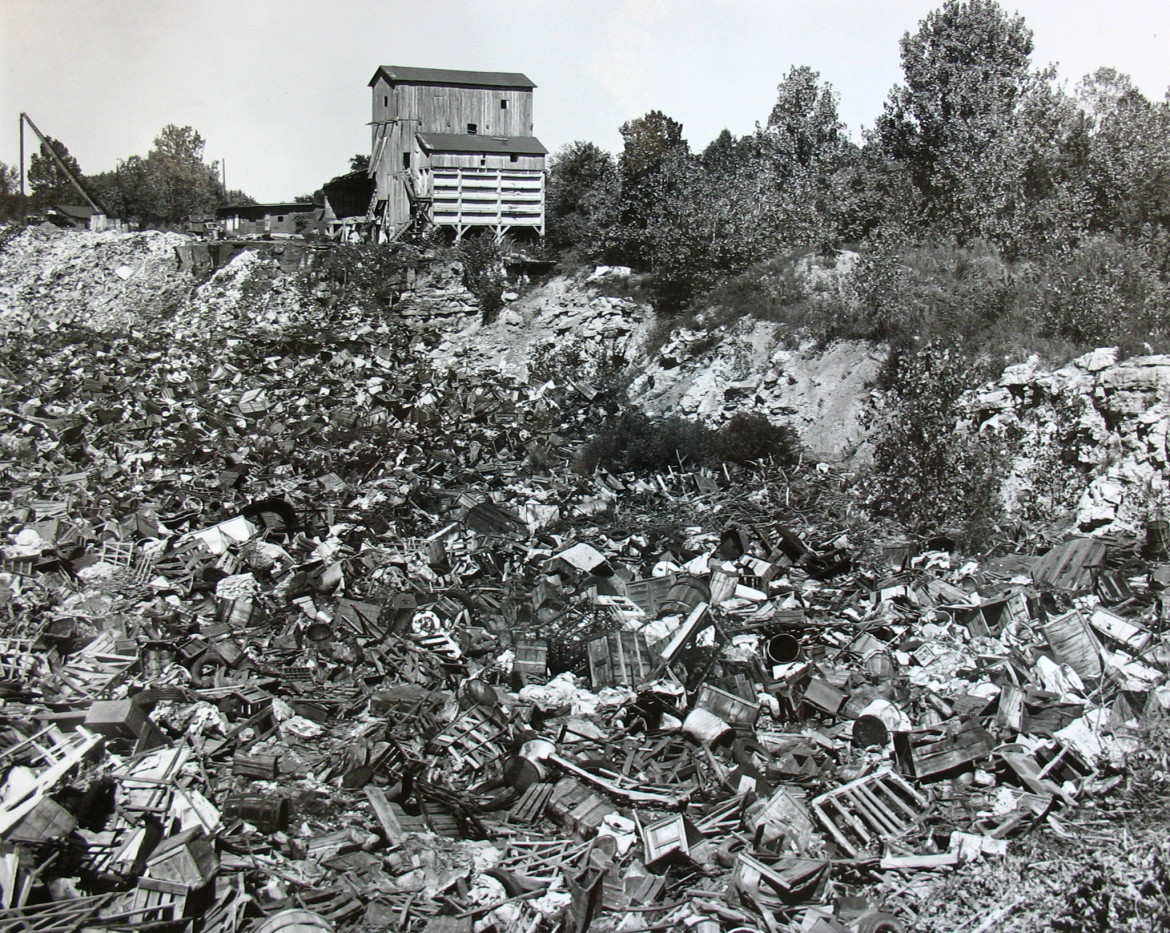
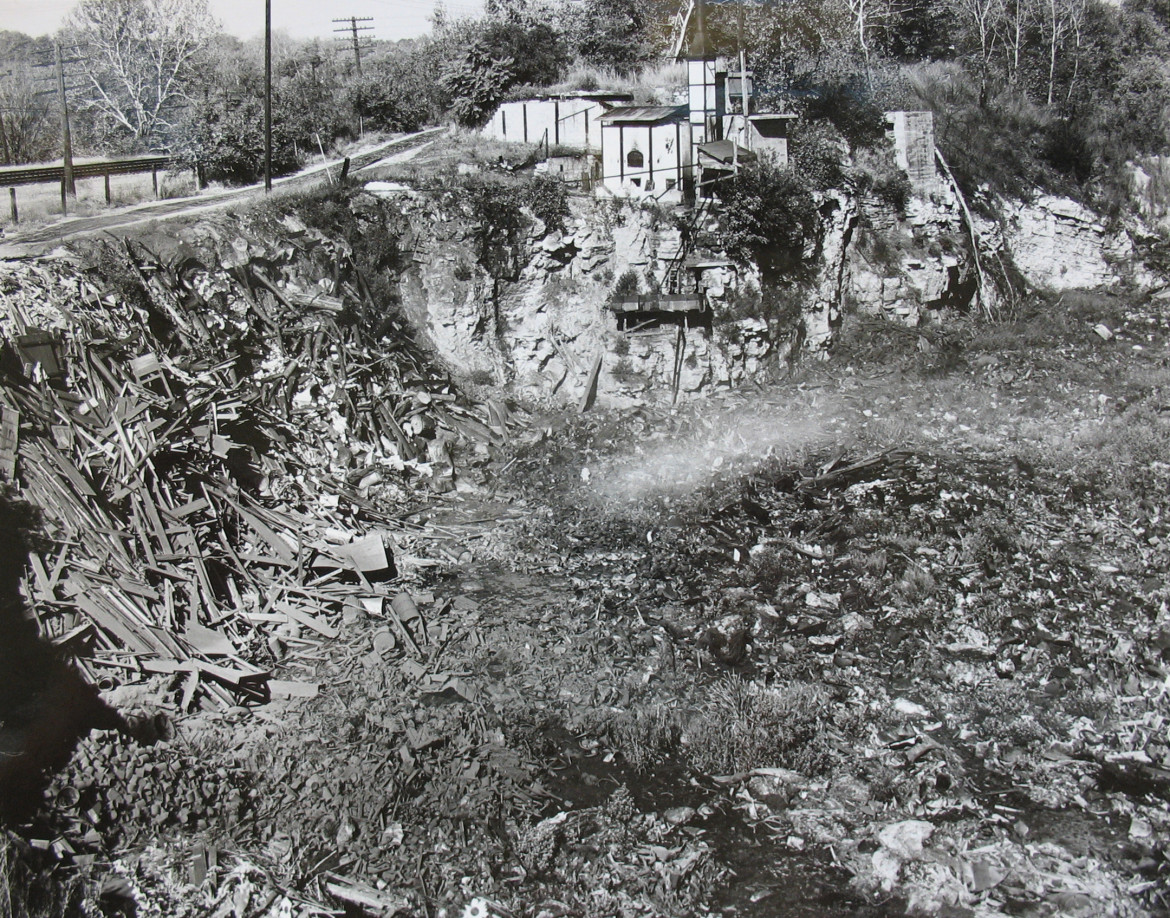
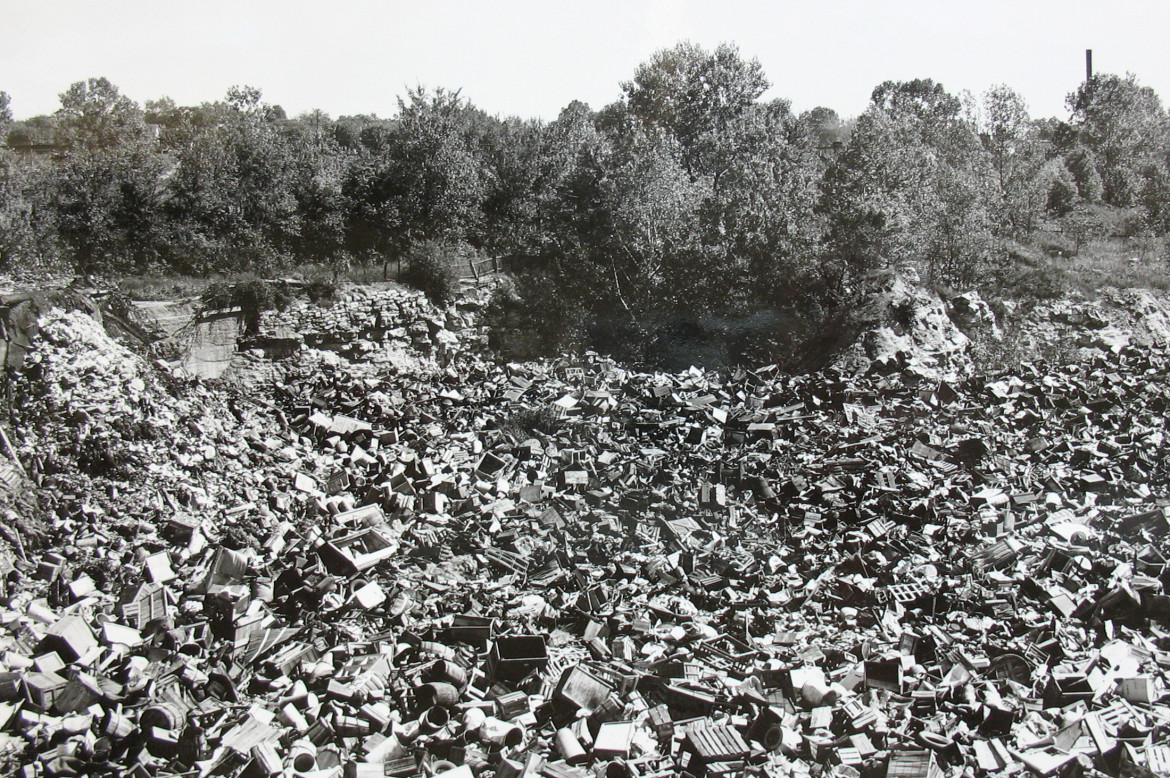
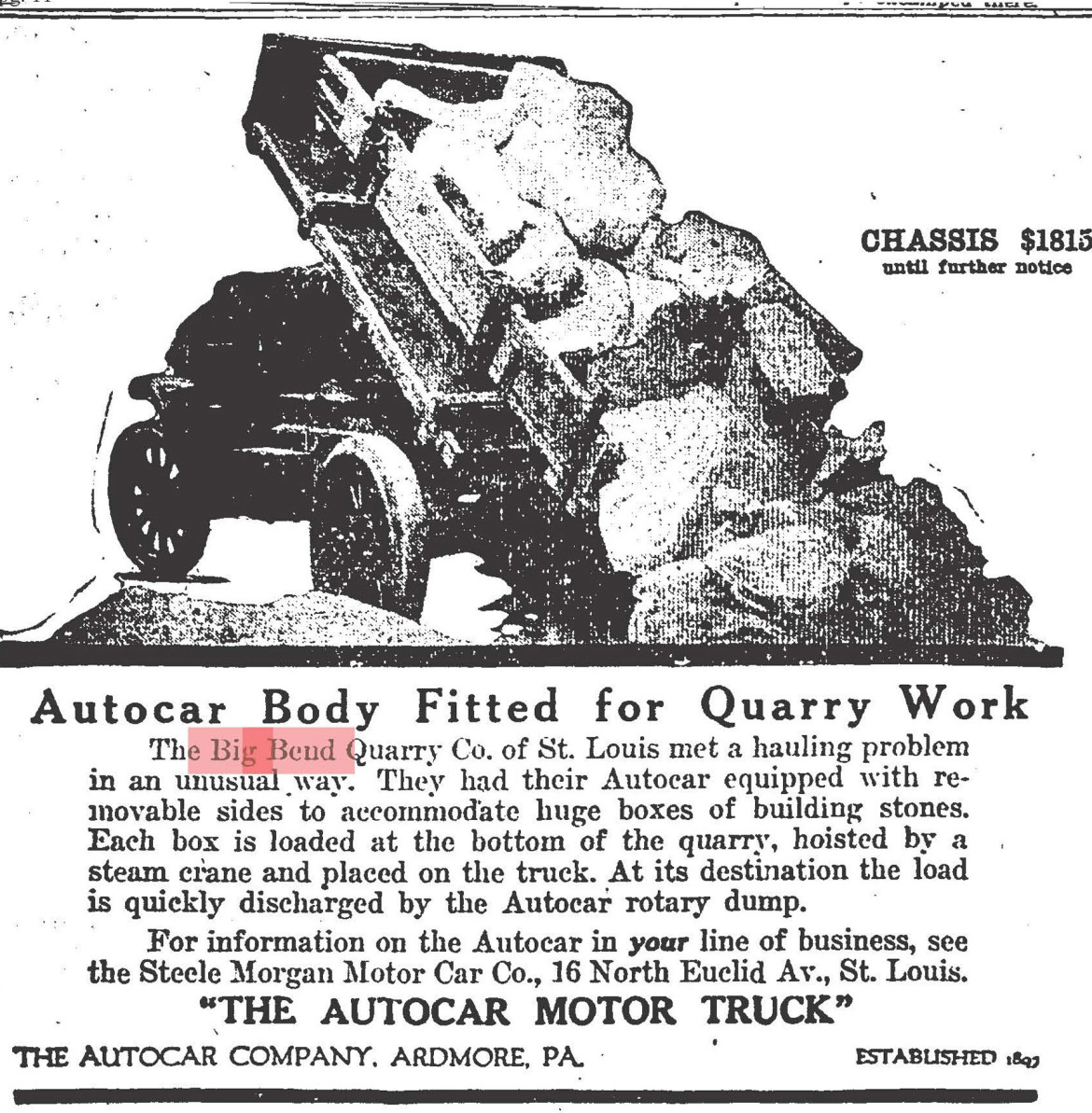
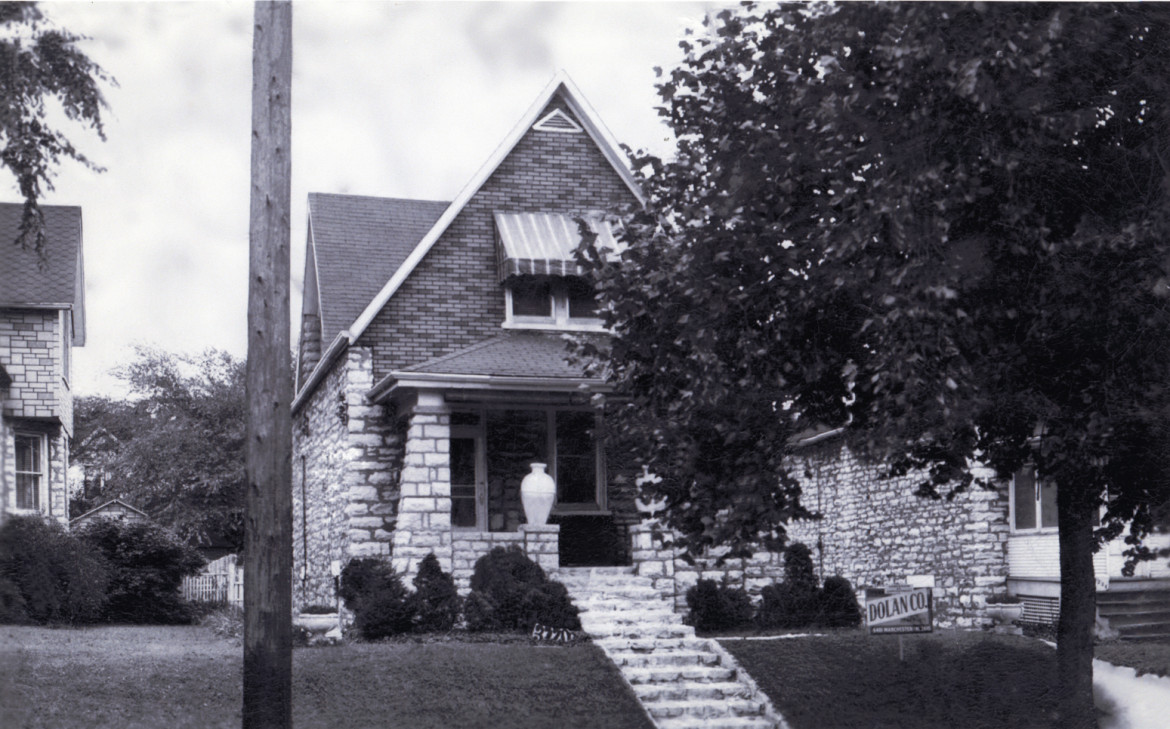

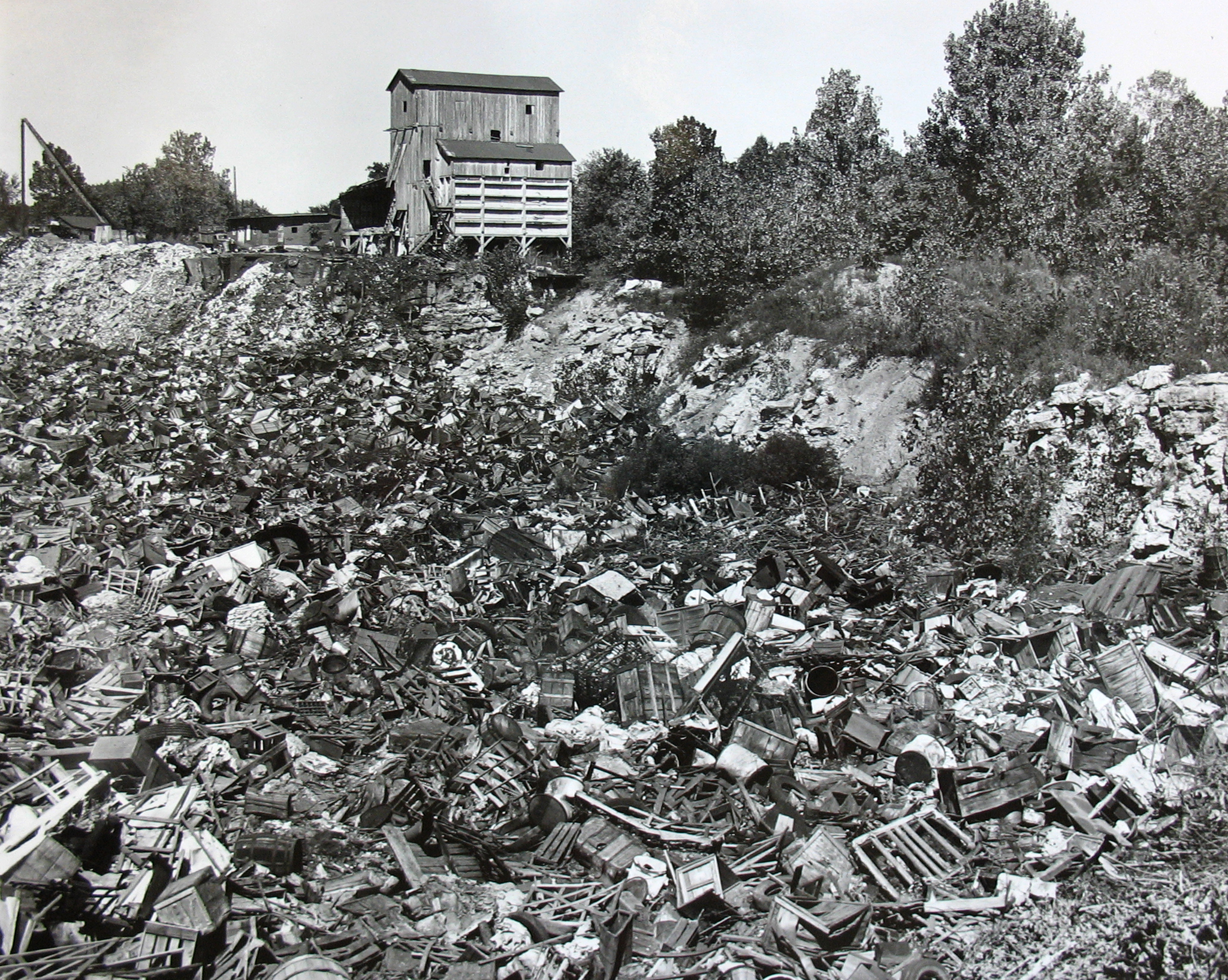
I remember it as the Red Feather Express Highway……the Soapbox Derby used to be run on the portion from McCausland down the hill onto the highway. They would close that portion, to be used for the Soapbox Derby. It would be about the area of the exit ramp from the highway up the hill to McCausland, now. We had next-door neighbors who would always be in that race…..(they had a lot of boys). And even up to the 1980’s or so, some of the Dayton boys (and girls) were still building cars and running in the races. A fun time….the 40’s and 50’s.
Pat, thank you very much for sharing your interesting recollection.
Doug, thanks again for digging up dirt on Maplewood!
You’re welcome. Pun intended I hope. And “again”? What was the other time?
We had a similar operation in Brentwood.
http://bwd1919.wordpress.com/2014/03/19/madden-quarry/
Looking at the second photo AND taking the photo height of the men standing at the edge of the quarry (1.5 mm) AND taking an average male height of 5 ft 10 in AND doing the math, the depth of the quarry down to what appears to be the ‘water’ level in the quarry is approximately 200 ft. Who knows how deep the water is? But I would suspect that chemicals continue to ooze into the ground water. I am surprised that there has not been more subsidence of the ground surface with all the fill that went into the quarry, particularly since a lot of it appears to be wood that should have rotted away. I would also expect when the next REALLY BIG earthquake occurs along the New Madrid Seismic Zone, structures built on this fill will be more likely to crumble than surrounding ones built on solid rock.
Thanks for your input, Sherman. I was told when the elevated section of the Metrolink track was built there it was necessary to skirt the edge of the filled in quarry. It seems to me that the fill would be very unstable but maybe not. The folks who built the Sunnen Business Park were no doubt aware of it and had to accommodate it. Also much of those landfills have been shown to be anaerobic (nothing breaks down because it can’t get air). You might have read of the instance where some very fresh looking guacamole from the 1960’s was found by researchers. Scary thought since ordinarily you can’t leave any on the kitchen counter for a few hours without it going bad.
Hi Doug – very interesting. Is that large house still around?
Thank you, Ian. The large house is long gone. The location was probably beneath one of the large buildings in the Sunnen Business Park.
Doug, an interesting thing i’m discovering in the old newspapers – hwy 40 is referred to as ‘the Express highway’ since, in the 1940’s, it was the only highway near the Maplewood area. Just a tidbit of info for ’40 South’ readers.
Wanda, as always thanks for your input. I recalled the name Red Feather Express Highway and then after googling it found it was later changed to Daniel Boone Highway which I’m sure many folks remember. I don’t know if I read this or dreamt it but the new overpasses have a stylized red feather incorporated in their design.